Politics
Beijing’s war technology on parade
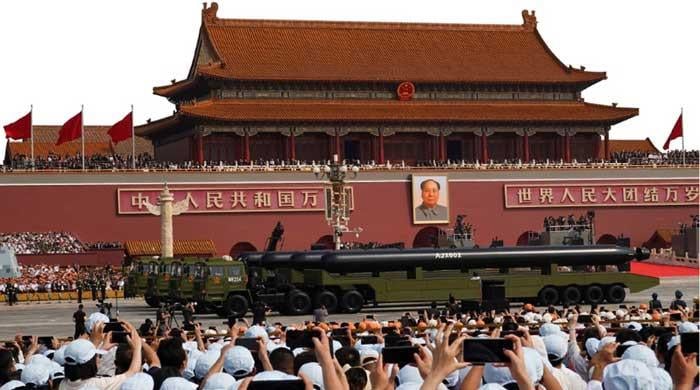
China on Wednesday staged its first major military parade in six years, showcasing progress in its long-running military modernisation in weapons ranging from torpedo-like sea drones to long-range missiles.
Ahead of the parade, marking the 80th anniversary of the end of World War Two, Chinese officials said the military was displaying how it could harness technological advances to win future wars. Foreign analysts said they were watching closely to see how effectively China could deter and intimidate not just the United States and its allies but other rivals too.
Military hardware
This year China unveiled progress on all fronts, including the vital battle management and communications systems it would need to tie all its weaponry together in a conflict.
An earlier “Victory Parade” in 2015 showcased progress on its nuclear-capable missile arsenal and another display in 2019 revealed drones among the weaponry on show for the first time.
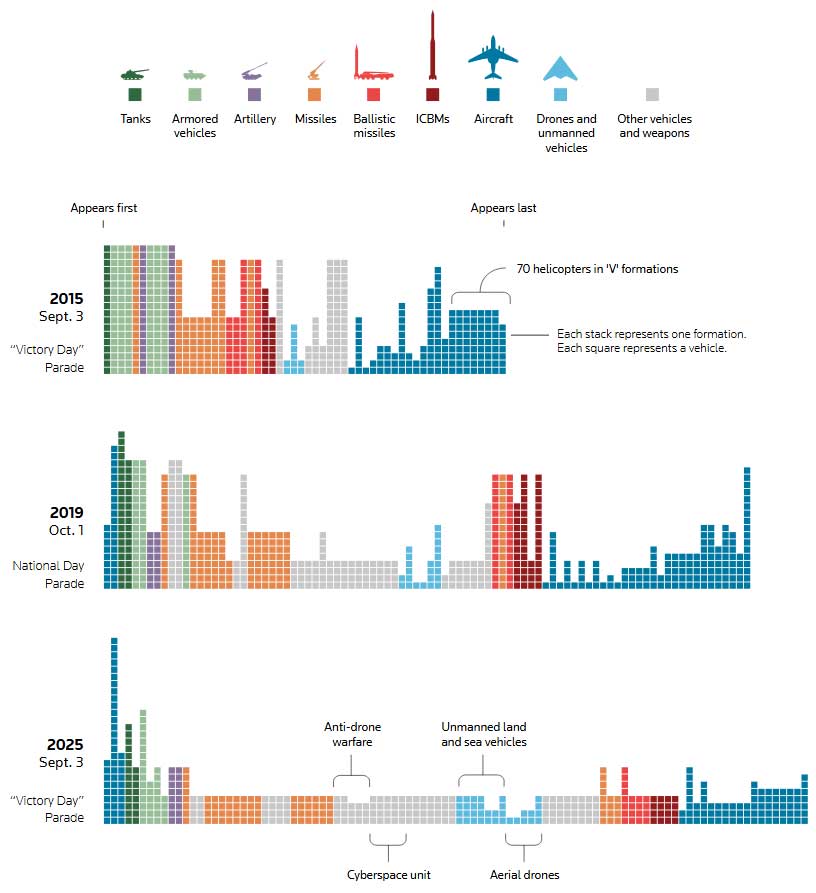
What’s new this year
A closer look at the pieces of equipment making a debut in the recent parade.
Nuclear triad
China for the first time displayed a full array of nuclear weapons that can be deployed from air, land and sea. These included an upgraded version of its DF-5C ballistic missile that can strike global targets, an air-launched weapon and the JL-3 – its most modern submarine-launched long-range ballistic missile.
DF-61
Western military analysts are expected to scrutinise the appearance of the DF-61 intercontinental ballistic missile in the months ahead. A new weapon, it is road-mobile — like some other advanced Chinese missiles — allowing it to be moved and hidden, making it potentially less vulnerable than more traditional nuclear weapons based in silos deep in China’s hinterland.
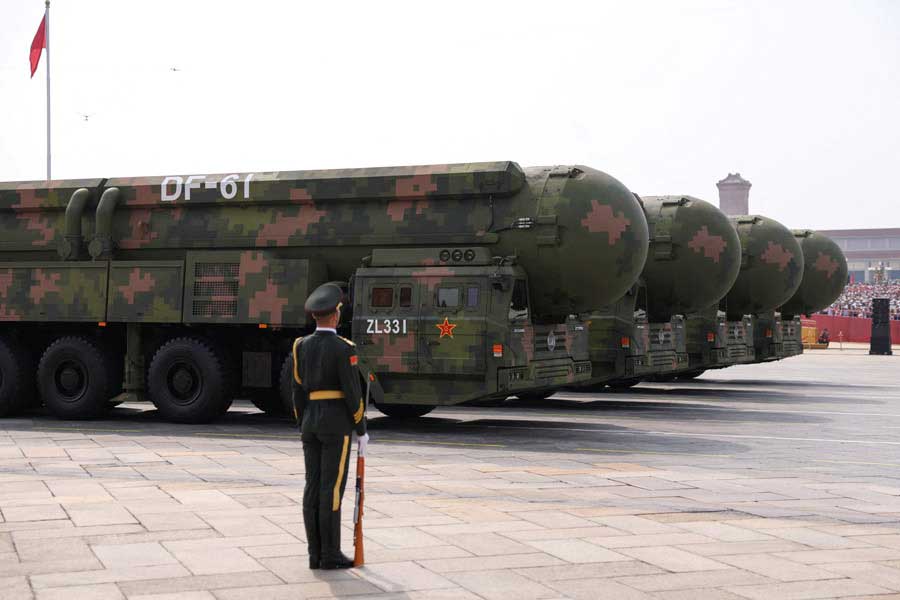
H-6N Strategic Bomber
The H-6N is a closely watched plane. While based on a Soviet-era design from the early days of the Cold War, it has been effectively re-built with more advanced systems to help it carry nuclear weapons and extend its range. H-6s have appeared on China’s coasts in recent months. It will eventually be replaced with a stealthier heavy bomber.
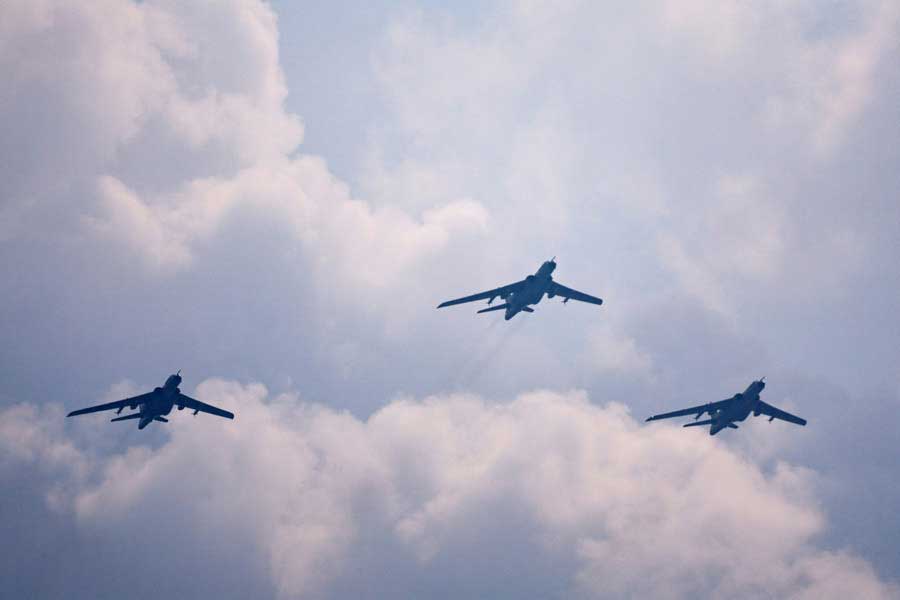
JL-3
Naval analysts say nuclear-armed and powered submarines are the most sensitive element of the strategic triad — ensuring a country has an ability to stage a nuclear counterstrike even if its land-based weapons are attacked. This is particularly important to China’s nuclear deterrence as it has long maintained a “no first use” nuclear policy. The JL-3 is its most advanced submarine-launched missile, deployed on submarines based on Hainan Island in the South China Sea.
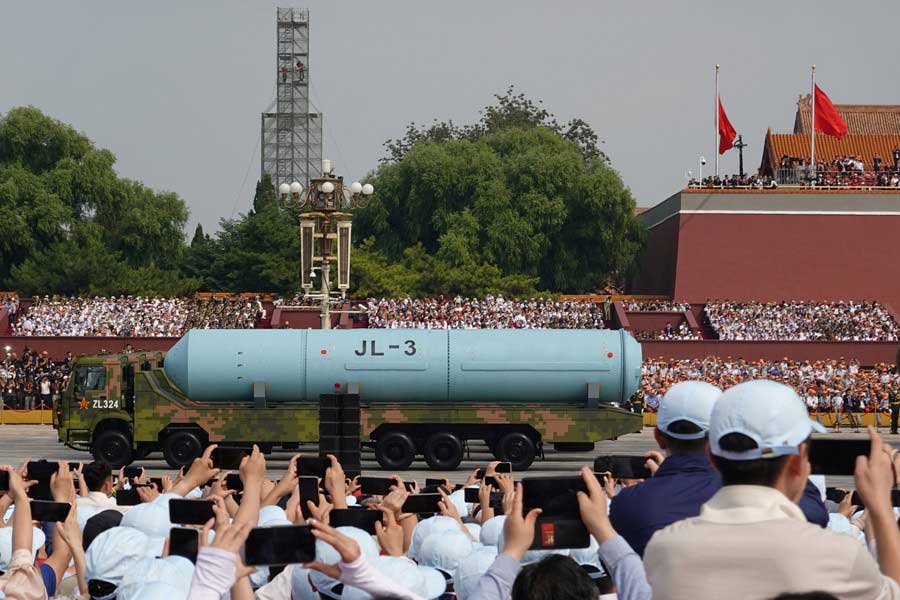
Underwater drones
The emergence of undersea drones shaped like torpedoes, some of them large, has surprised some analysts. If produced cheaply on a large scale — and operationally effective — these could further add to the challenges faced by China’s naval rivals. Questions remain over quite how they will be deployed.
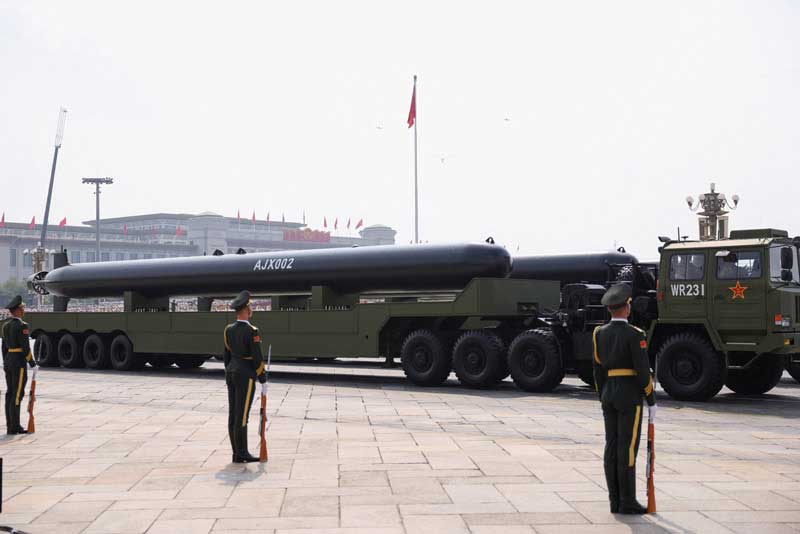
Laser weapons
China has been developing laser weapons as a defence against drone attacks. The full range of its anti-drone systems on display at the parade included a missile gun, high-energy laser weapons and high-power microwave weapons. Some analysts believe laser weapons could be used to take out missiles or even satellites, but they remain under development. Microwaves are a more basic technology but potentially difficult to deploy, given the impact they can have on friendly forces and equipment.
State media said the weapons on show represented a “triad” in the People’s Liberation Army’s anti-drone systems.
Hypersonic missiles
The parade featured hypersonic anti-ship missiles that China has previously tested against mock-ups of US aircraft carriers. Those included the YJ-15, YJ-17, YJ-19 and YJ-20. This array includes cruise missiles with hypersonic glide warheads that could be deployed from land, ships and aircraft and raise potential risks for US and allied ships in East Asia conflict scenarios.
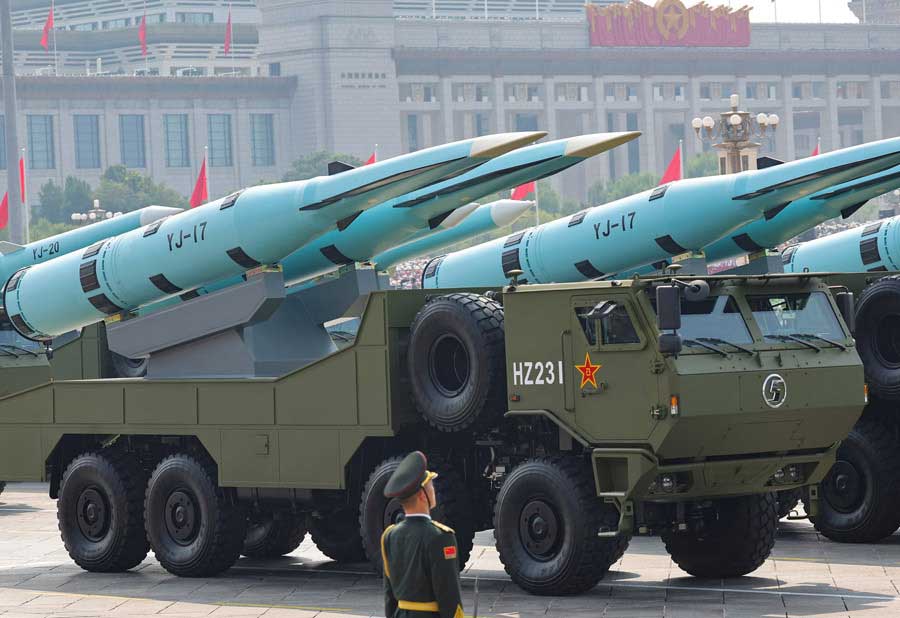
Methodology
Equipment is counted by watching full videos released by China’s state-run television CCTV. Vehicles are plotted in order of appearance. Models of equipment are probable but not confirmed. Each is cross-referenced against previous Reuters images, images on military websites and, in some cases, the advice of military analysts. The hardware chart shows military equipment only, with no groups of people included. Cars, jeeps and motorbikes are also not included. Due to poor visibility, some vehicles may be miscounted.
Thumbnail image by Rueters — Unmanned operations group displays the AJX002 unmanned underwater vehicles during a military parade to mark the 80th anniversary of the end of World War Two, in Beijing, China, September 3, 2025.
Politics
Dubai prepares for unprecedented New Year’s Eve celebration

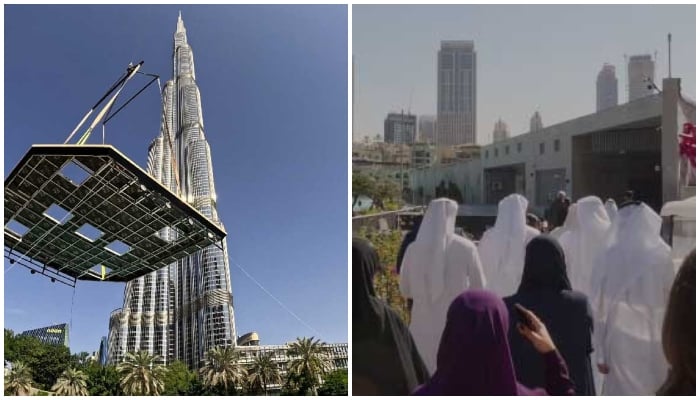
DUBAI: Preparations for the highly anticipated New Year’s Eve celebration in Dubai are in full swing, with plans for an extraordinary display to mark the arrival of 2026.
The spotlight will once again fall on the iconic Burj Khalifa, the world’s tallest building, where preparations for an awe-inspiring fireworks show are already underway.
In a sign of the scale of the event, Dubai Mall is also getting ready to dazzle with a spectacular light display, set to complement the grand fireworks at the Burj Khalifa.
Mohammed Al Abbar, the Emirati businessman whose construction company built the world’s tallest building, the Burj Khalifa, and the iconic Dubai Mall, is personally supervising the preparations for this year’s New Year’s Eve celebration.
Al Abbar shared a behind-the-scenes video on the social media platform X, offering a glimpse into the monumental efforts underway ahead of the grand event.
Politics
Syria to start currency swap on January 1, says central bank governor
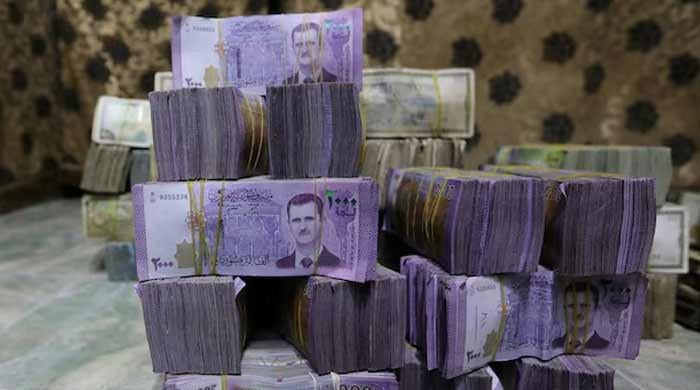
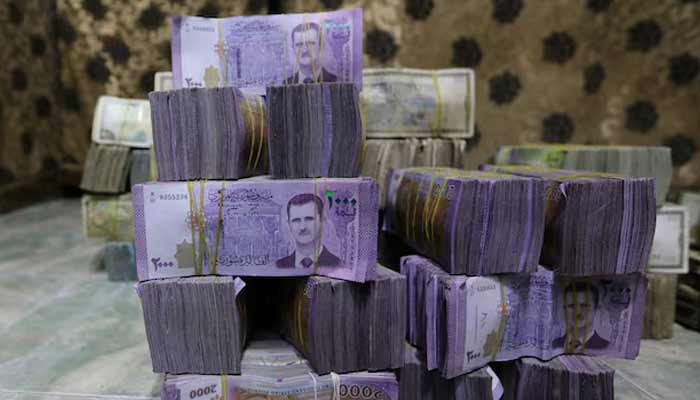
Syria will start swapping old banknotes for new ones from January 1, 2026, Central Bank Governor Abdelkader Husrieh said on Thursday, under a plan to replace Assad-era notes to try to strengthen the currency’s value.
Syria’s new government, led by Syrian President Ahmed al-Sharaa, is seeking to rebuild state institutions and revive the economy after more than a decade of war, sanctions and financial isolation that left the local currency severely weakened.
“The central bank has been given authority to decide the deadline for the swap and its locations,” Husrieh said, adding the bank would issue instructions.
Sources familiar with the matter told Reuters in August that the country will issue new banknotes, removing two zeros from its currency to try to restore public confidence in the severely devalued pound.
Some bankers have voiced fears that the new currency could drive up inflation and further erode the purchasing power of Syrians reeling from high prices, but Husrieh said the operation will take place through a smooth and orderly swap.
He added that a press conference will be held on December 27 to “explain all the details of the replacement process and deadlines”.
Assad fled Syria in December 2024 for Russia after rebels seized Damascus following an eight-day blitz through the country, ending six decades of his family’s autocratic rule, more than 13 years after an uprising had spiralled into civil war.
Syria marked earlier this month the first anniversary of the overthrow of Bashar al-Assad with jubilant celebrations in major cities.
Politics
Tajik forces ‘kill three terrorists’ after border infiltration from Afghanistan
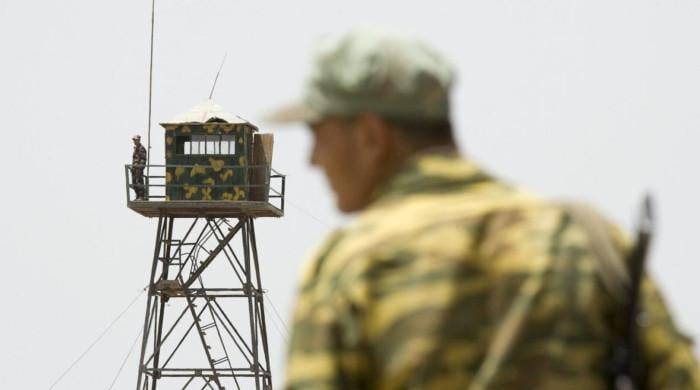
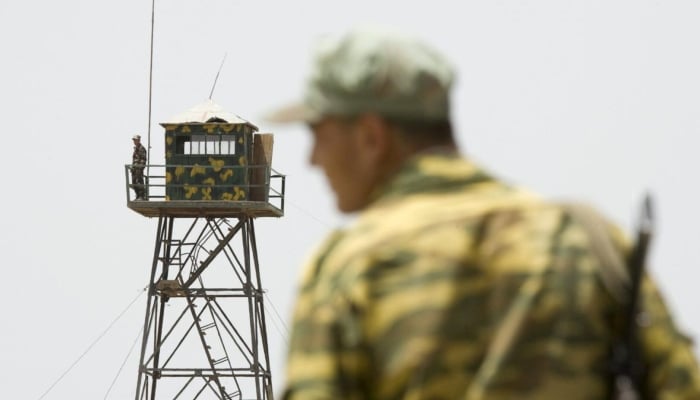
- Militants crossed from Afghanistan, resisted orders.
- Weapons, explosives, recovered from attackers.
- Two Tajik border personnel also killed in operation.
Tajik security forces killed three armed militants who crossed into the country from Afghanistan and refused to lay down their weapons.
In a statement, Tajikistan’s Press Centre of the Border Troops of the State Committee for National Security said that the incident took place on December 23.
“They intended to carry out an armed attack on one of the border outposts of the Border Troops of the State Committee for National Security of the Republic of Tajikistan,” it added.
Tajik security forces swiftly identified the militants’ location and ordered them to surrender. However, they offered armed resistance, leading the forces to kill all three militants in a combat operation, read the statement.
Tajik forces also recovered firearms, including an M-16 rifle, a Kalashnikov assault rifle and three foreign-made pistols equipped with suppressors, ten hand grenades, one night-vision device, explosives, and other military equipment, from the killed militants.
During the fire exchange, two Border Troops personnel were also killed.
The Press Centre of the Border Troops noted that it was the third incident involving an armed attack following illegal border-crossing from Afghanistan into Tajikistan over the past month.
The Central Asian country assailed the Afghan Taliban regime’s failure to prevent terrorist outfits from using its soil for launching terrorist attacks into its neighbouring countries.
The incident comes weeks after five Chinese nationals were killed and five more injured in attacks launched from Afghanistan.
Tajik authorities and China’s embassy in the country said that the Chinese citizens were targeted in armed and drone attacks.
Following the deadly attacks, China’s embassy in Dushanbe, the capital, advised Chinese companies and personnel to urgently evacuate the border area.
Pakistan has repeatedly invited global attention to increased terrorist safe havens in Afghanistan since the Afghan Taliban returned to power in 2021.
Islamabad has lost nearly 1,200 lives this year alone in terrorism linked to networks based in Afghanistan, Pakistan’s permanent representative to the UN, Ambassador Asim Iftikhar Ahmad, said earlier this month.
Pak-Afghan tensions
The issue of cross-border terrorism escalated after the Afghan Taliban and militants launched unprovoked attacks against Pakistan’s border posts on the night between October 11 and 12.
The clashes led to the killing of over 200 Taliban and affiliated militants, while 23 Pakistani soldiers laid down their lives defending the motherland.
Pakistan also conducted “precision strikes” deep inside Afghanistan, targeting terrorist safe havens in Kandahar province and Kabul.
A temporary 48-hour ceasefire was announced on October 15 at Afghanistan’s request, with the two sides eventually reaching an official ceasefire agreement on October 19 in Qatar in talks mediated by Doha and Turkiye.
Under the deal, terrorism from Afghanistan on Pakistani soil should have stopped immediately, with Islamabad and Kabul agreeing to establish mechanisms to consolidate lasting peace and stability between the two countries.
However, the following talks in Turkiye collapsed after Islamabad refused to accept the Afghan Taliban delegation’s “illogical” arguments and refusal to address Islamabad’s concerns regarding cross-border terrorism.
However, mediators persuaded Pakistan to give the talks another chance, which ultimately resulted in an agreement to uphold the ceasefire.
-

 Fashion1 week ago
Fashion1 week agoIndonesia’s thrift surge fuels waste and textile industry woes
-

 Tech1 week ago
Tech1 week agoT-Mobile Business Internet and Phone Deals
-

 Business1 week ago
Business1 week agoBP names new boss as current CEO leaves after less than two years
-

 Sports1 week ago
Sports1 week agoPKF summons meeting after Pakistani player represents India in kabaddi tournament
-
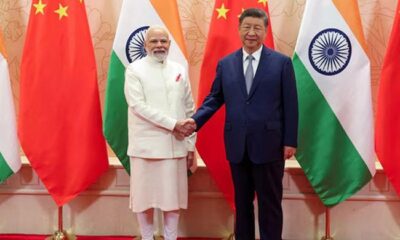
 Entertainment1 week ago
Entertainment1 week agoIndia streamlines visa rules in boost for Chinese professionals
-

 Sports1 week ago
Sports1 week agoUWCL grades for all 18 teams: Leuven get A+; Barça an A-, PSG fail
-
Sports5 days ago
Alabama turned Oklahoma’s College Football Playoff dream into a nightmare
-
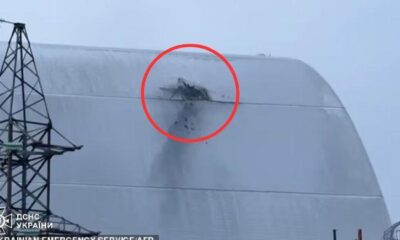
 Entertainment1 week ago
Entertainment1 week agoRadiation fears rise after cracks found in $2 billion Chernobyl shield






